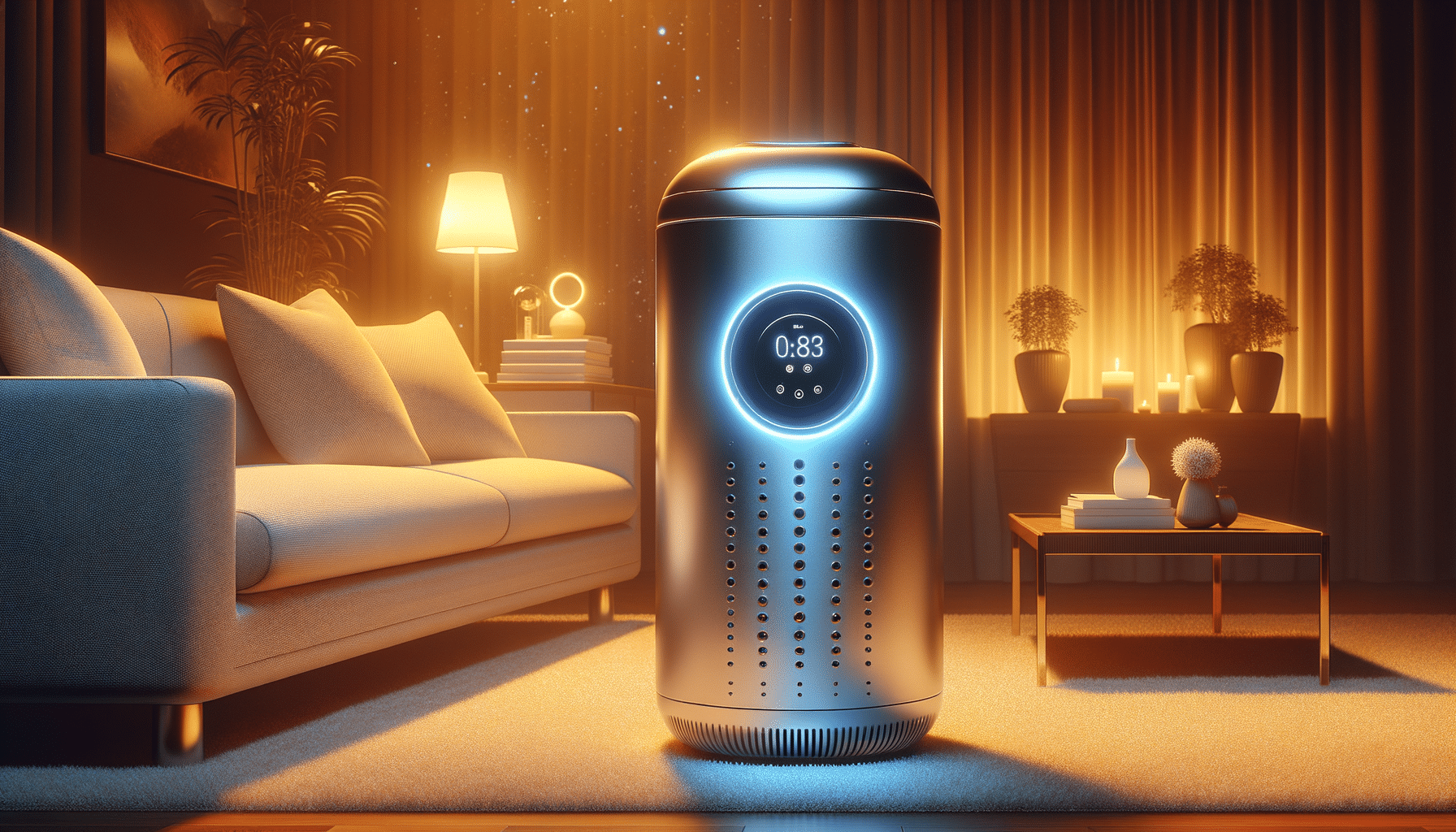
Is This the Future of Home Breathing Support?
Introduction to Oxygen Concentrators
Oxygen concentrators have become a crucial part of medical care for individuals with respiratory issues. These devices are designed to provide a steady supply of medical oxygen, making them indispensable for those who need assistance with breathing. As technology advances, the convenience and efficiency of oxygen concentrators continue to improve, offering users a reliable solution for their oxygen needs.
In recent years, the demand for oxygen concentrators has increased significantly, particularly due to the rise in respiratory conditions and the global health challenges posed by pandemics. These devices are not only used in hospitals but have also become popular for home use, offering patients greater independence and mobility. The ability to have a portable and easy-to-use device at home or on the go has made oxygen concentrators a preferred choice for many.
Understanding the functionality and benefits of oxygen concentrators can help users make informed decisions about their health care options. This article delves into the workings of these devices, their benefits, and considerations for selecting the right model for individual needs.
How Oxygen Concentrators Work
Oxygen concentrators operate by extracting oxygen from the surrounding air and delivering it to the user at a higher concentration. The air we breathe contains approximately 21% oxygen, and the concentrator increases this concentration to therapeutic levels, typically between 90% and 95%. This is achieved through a series of filters and a compressor that separates nitrogen and other gases from the oxygen.
The process begins with the intake of ambient air, which is then compressed and passed through a series of sieve beds. These beds contain a material known as zeolite, which selectively adsorbs nitrogen, allowing oxygen to pass through. The result is a concentrated stream of oxygen that is delivered to the user through a nasal cannula or mask.
Oxygen concentrators are available in various models, including stationary and portable units. Stationary units are designed for home use and provide a continuous flow of oxygen, while portable units offer the flexibility of mobility, making them ideal for active users who need oxygen support while traveling.
Benefits of Using Oxygen Concentrators
There are numerous benefits to using oxygen concentrators, making them a viable option for many individuals with respiratory conditions. One of the primary advantages is the continuous supply of oxygen without the need for refilling, unlike traditional oxygen tanks. This convenience is particularly beneficial for users who require constant oxygen therapy.
Additionally, oxygen concentrators are cost-effective in the long run. Although the initial investment may be higher than renting oxygen tanks, the absence of refill costs and the longevity of the device make it a financially sound choice. Moreover, the portability of modern concentrators allows users to maintain an active lifestyle without being tethered to a stationary oxygen source.
Another significant benefit is the safety aspect. Oxygen concentrators eliminate the risk of oxygen leaks and the associated hazards of using compressed oxygen tanks. They are designed with safety features such as alarms for low oxygen levels or power failures, ensuring that users receive uninterrupted care.
Considerations When Choosing an Oxygen Concentrator
Selecting the right oxygen concentrator involves several considerations to ensure it meets the user’s specific needs. One of the first factors to consider is the flow rate, which should align with the physician’s prescription. Different models offer varying flow rates, and choosing the correct one is crucial for effective therapy.
Another important consideration is the size and weight of the device, especially for those who require a portable unit. While stationary units are typically larger and heavier, portable concentrators are designed to be lightweight and compact, facilitating easy transport.
Noise level is another factor to take into account, as some users may prefer quieter models, especially if the device will be used during sleep. Additionally, battery life and power options, such as AC and DC adapters, are important for users who need oxygen support while traveling.
Finally, it is essential to consider the maintenance and warranty of the device. Regular maintenance is necessary to ensure optimal performance, and a comprehensive warranty can provide peace of mind in case of any malfunctions or repairs.
Conclusion: The Future of Breathing Support
Oxygen concentrators represent a significant advancement in the field of respiratory care, offering users a practical and efficient solution for their oxygen needs. As technology continues to evolve, these devices are likely to become even more user-friendly and accessible, further enhancing the quality of life for individuals with respiratory conditions.
The convenience, safety, and cost-effectiveness of oxygen concentrators make them an attractive option for many users. Whether used at home or on the go, these devices provide a reliable source of oxygen, empowering individuals to lead active and fulfilling lives.
For those considering oxygen therapy, understanding the benefits and considerations of oxygen concentrators can help make informed decisions about their health care. As the demand for these devices grows, they are poised to play an increasingly important role in the future of breathing support.


